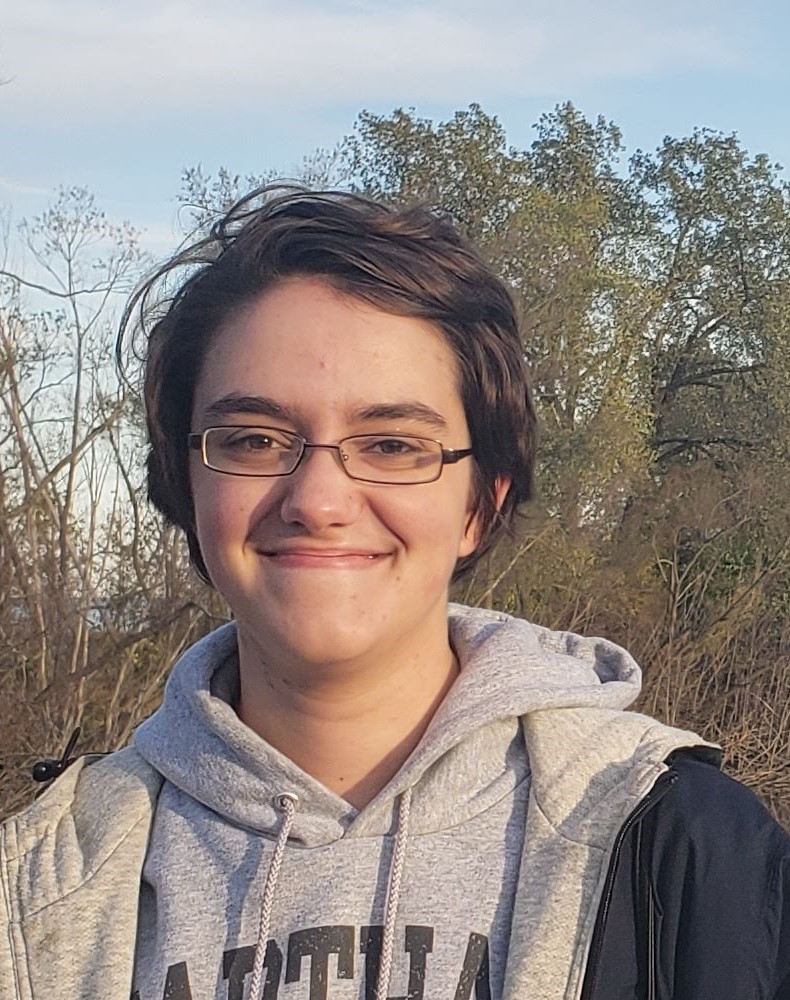Celebration of Scholars
Measuring Functional Recovery in Larval Zebrafish
 Name:
Rebecca Fales
Name:
Rebecca Fales
Major: Neuroscience
Hometown: Avon, IN
Faculty Sponsor: Steven Henle
Other Sponsors:
Type of research: Independent research
 Name:
Ashley Gorman
Name:
Ashley Gorman
Major: Data Science
Hometown: Mount Pleasant, WI
Faculty Sponsor: Steven Henle
Other Sponsors:
Type of research: Independent research
Abstract
Regrowth of damaged neurons within the central nervous system is largely impossible in humans, yet zebrafish are capable of neuronal regeneration. Measuring how well zebrafish have recovered from an optic nerve injury is difficult, thus it is a task to figure out how the process of neuronal regeneration works on a functional level. To better understand how neuroregeneration works in zebrafish, we can measure the optokinetic response (OKR), a reflexive movement that allows organisms to smoothly track movement, which can measure if vision has been functionally recovered after injury. To measure an OKR, fish are placed inside a drum with rotating walls with stripes on them. Video is captured and eye angles are measured, using analysis software such as Stytra, which outputs numeric data based on our recordings. We have recorded video of OKR assays in larval zebrafish, and we are currently working to quantify our results so that we can visualize the rate at which the OKR occurs. We are also working to refine the OKR protocol to work more consistently with larval fish. We are focusing on larval zebrafish because they are still transparent, which allows easier and quicker visualization of neural regeneration. If we improve our understanding of neuronal regeneration in zebrafish, we may eventually be able to apply these findings to humans in order to treat nervous system injuries.
Submit date: Feb. 26, 2021, 1:29 p.m.
